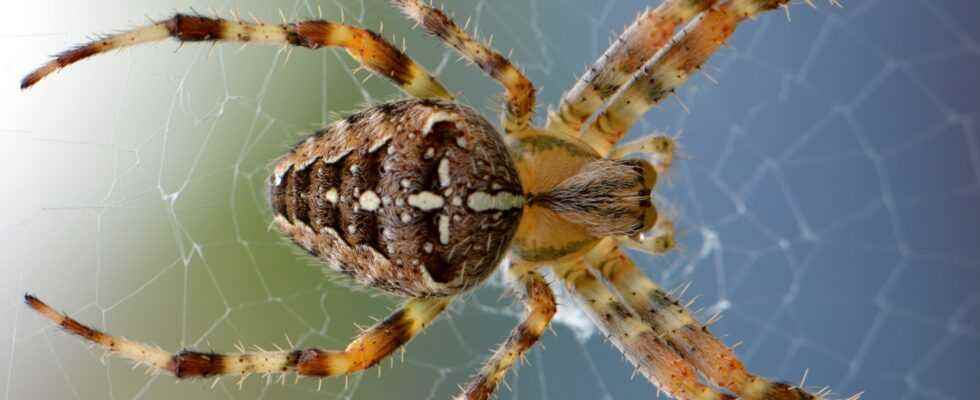Inspired by the natural mechanics of spiders, researchers at Rice University in Houston are developing a claw constructed from their corpses.
At first glance, this project may seem a little macabre. But in reality, using dead insects and arachnids in robotics could have many benefits.
A claw made from a spider corpse
The researchers began their work with a simple observation: spiders work like hydraulic or pneumatic grippers, they “inflate” their limbs to extend and move. Their anatomy allows this mechanism thanks to an adjustable blood pressure system for each limb.
The spider increases blood pressure through valves to independently control each of its legs. They stretch when the pressure increases, and fold when the pressure decreases. This is also why dead spiders have folded limbs: blood pressure drops after death.
It is this function that scientists seek to exploit. By inserting a rod into a dead spider’s system and then blowing air into it, researchers at Rice University were able to stretch its legs. The spider’s corpse has therefore been converted into a pincer, thanks to a tube which inflates and deflates the system activating its limbs.
The technical superiority of insects
In general, insects and other arachnids have a technical superiority in certain situations that scientists do not always manage to replicate. Their very small size allows them, for example, to carry out very fine and precise work, and their robustness, speed and flexibility are also undeniable advantages.
These different assets could greatly benefit the development of microtechnology techniques and the elaboration of microscopic work. Thus, rather than trying unsuccessfully to imitate them, some scientists have decided to use insect bodies directly.
The spider, for example, can lift 1.3 times its weight and repeat this movement about 700 times before it begins to decay. The corpse can be used approximately 1000 times before becoming dehydrated. Also, the spider can grab on to many different materials thanks to the micro bristle adhesive that covers its legs.
Eventually, spider grippers could be used to assist with small, precise and detailed jobs, with the advantage of using a biodegradable and inexpensive natural resource.
Source : IEEE Spectrum

7